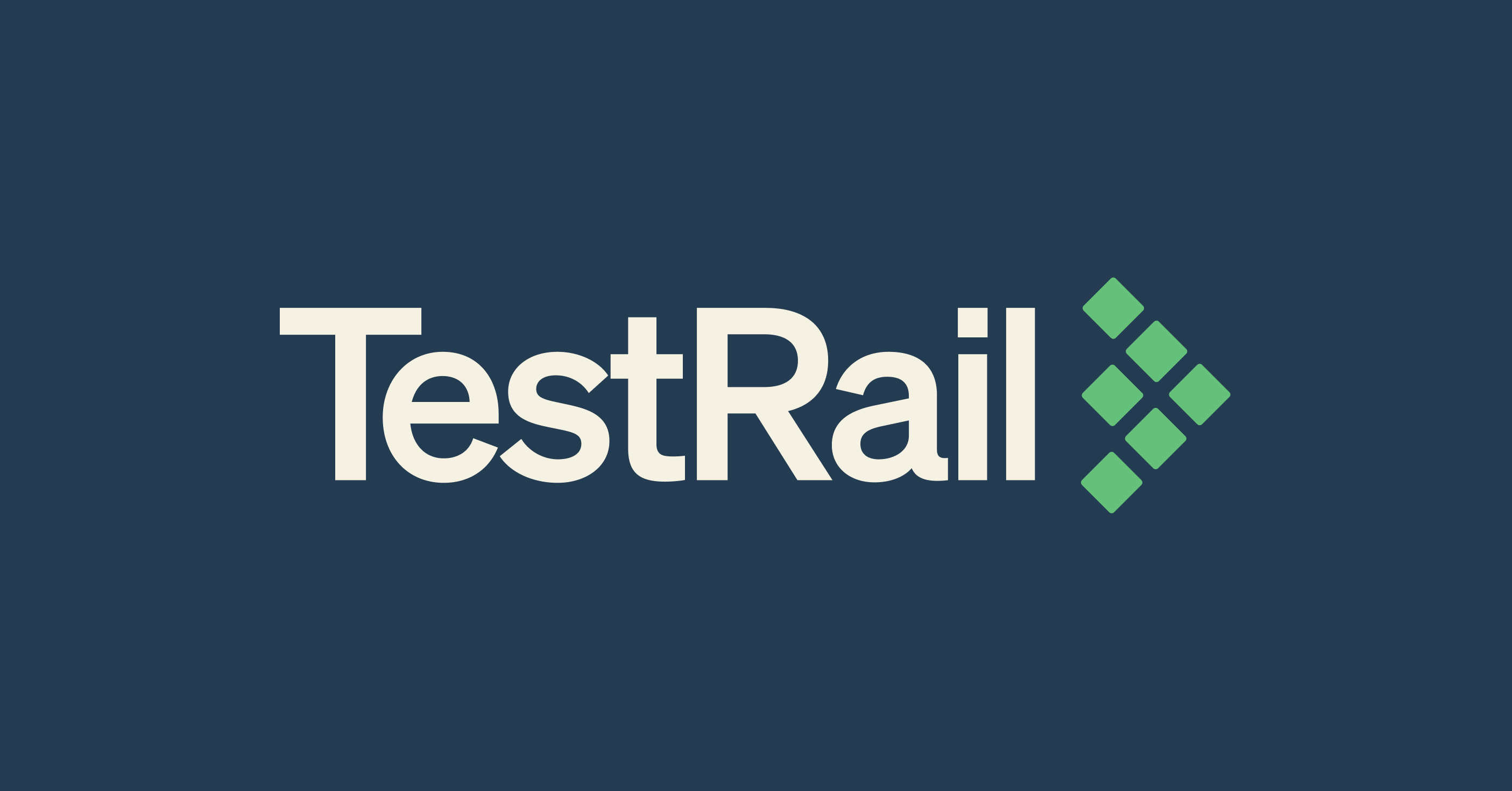Now that we released TestRail, it’s time to share some of our plans regarding future versions of our test management software. We normally do not share release dates or which features we will include in future versions of our products. However, we understand that some of our customers need to know the general roadmap of product enhancements, so we are going to share some of our near-term plans for TestRail in this posting.
When we discussed TestRail with beta testers and customers in the past 6 months, it became apparent that the same features where requested again and again and we are going to concentrate on implementing those features first. Please note that all plans laid out in this posting are subject to change and that the following list of planned near-term enhancements is not necessarily complete.
Permissions and Roles
TestRail currently comes without support for user permissions and roles, and we are going to change this quickly. Most teams we have talked to mentioned that user permissions and custom roles are important to use TestRail with larger teams, so we are going to add support for user permissions very soon. Our current plans are to allow administrators to configure custom roles and assign roles to users. Administrators can then optionally override users’ default roles for specific projects, allowing for maximum flexibility.
Blocked Status
TestRail currently supports the test statuses and results Untested, Passed, Failed and Retest. We are going to add support for an additional test status to TestRail in the near future, namely the Blocked status. The Blocked status will make it easier for testers to highlight tests that currently cannot be validated for different reasons.
Custom Fields
TestRail’s fields for test cases and test results already cover all important information usually needed for the software testing process, including version numbers, time estimates, priorities and so on. However, we understand that each team and project might require capturing additional information and entering such information in our free-text fields might not be the best way to do this. To allow teams to enter additional details in a structured manner, we are going to allow administrators to add and configure custom fields within TestRail. Custom fields will be restricted to test cases and test results for now and we are going to support various field types such as lists, checkboxes and text fields.
Improved Documentation
While most of TestRail’s user interface is self-explanatory and the built-in documentation is already sufficient in most cases, we are going to improve the online help and add more topics. Especially the upcoming features of permissions and custom fields are going to require some additional amount of documentation and we are going to invest more time in this area.
Test Case History
It is currently not easy to track the changes of a test case or to understand who modified a case. We plan to improve this by adding a history to test cases. Similar to how we track all changes, comments and results for tests, we are going to record all modifications of a test case and make this information easily available on a new tab. Having multiple versions of test cases also makes it easier to understand a feature that is already part of TestRail but most users don’t know about: when you complete a test run, all associated test cases are automatically copied internally to freeze them. This makes sure that future changes of test cases are not copied over to old test runs. Having multiple versions of test cases will make it easier to understand and communicate this feature.
Unicode Support
Last but not least, we are going to improve our support for more character encodings and languages to TestRail. As part of a technology and platform refresh for TestRail, we are going to support Unicode and UTF-8 encodings in TestRail to make it easier to work with non-Western languages.
As always, we are interested in your feedback about our near-term TestRail roadmap, so please feel free to email us, discuss this roadmap in our forum or leave a comment. Thanks!



